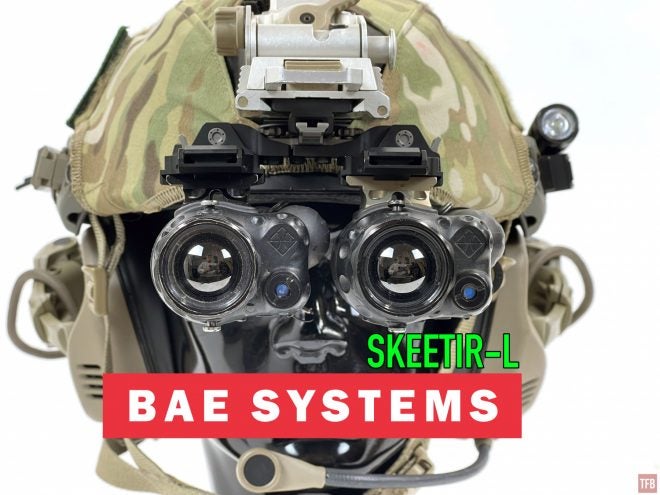Last December I wrote about wanting a SKEETIRX for Christmas. Today we are taking a look at the lower resolution version, the SKEETIRL. While it is lower resolution it still seems to beat our better thermal systems with double the resolution. In this week’s edition of Friday Night Lights, we will explore dual thermal binos and revise the SKEETIRCOTI adapter. The Friday Night Lights series is sponsored by ATN Corp, manufacturers of night vision and thermal optics like the THOR LT. As with all of our sponsored series, Friday Night Lights will continue to bring you unbiased news and reviews from a variety of companies.
SKEETIR @ TFB:
- Friday Night Lights: SKEETIRX Micro Thermal Imaging Monocular
- ALL I WANT FOR CHRISTMAS: NVision NOX, SKEETIRx, and Ammo
- Bae Systems Skeetir X Thermal Sight
SKEETIRL Tiny But Mighty

Just like the SKEETIRX, the SKEETIRL is a tiny handheld monocular that is a true all-in-one wonder device. Usually, when you have an all-in-one system there are some compromises. Usually, it is not good at one feature but that is not the case with the SKEETIRL. It is a thermal monocular that can be handheld, helmet mounted, weapon mounted and used as a clip-on. While there are other small thermal monoculars that can be helmet mounted, many of them cannot be weapon mounted. The FLIR Breach is such a device. Also, the FLIR Breach utilizes the MUM-14 rail system that is not ideal for mounting to helmets. While people do make adapters and arms to mount it, the Wilcox dovetail bolted to the SKEETIRL is perfect for use with a bridge.
The easiest way to bridge dual SKEETIRL is to get a Wilcox bridge. I am using a replica bridge and have not had any issues other than having to modify the latch so it fits the dovetails on the SKEETIRL.
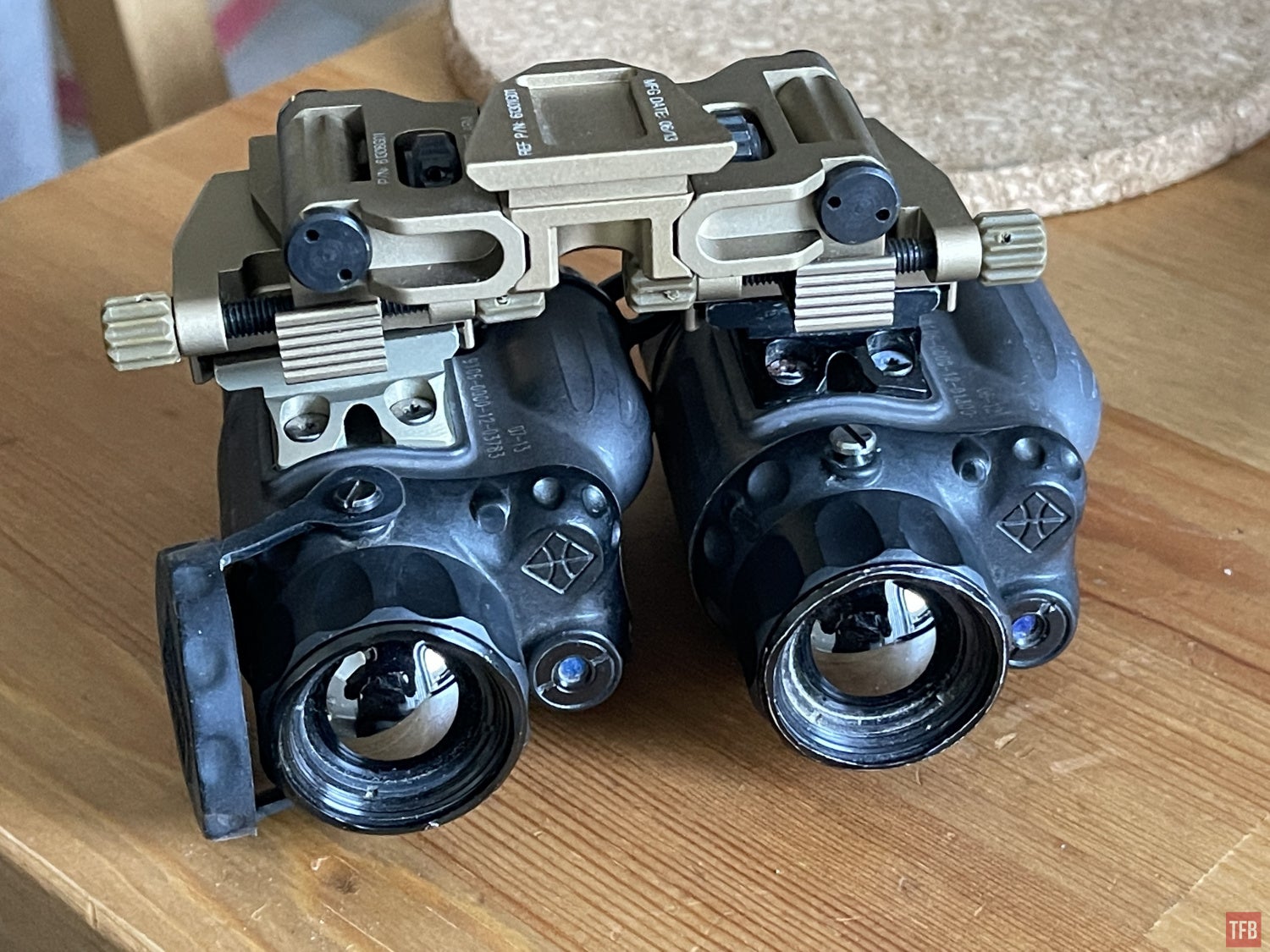
Below is the RQE/KVC bridge which is hard to get. My friend Kevin let me borrow his to try it with the SKEETIRL.
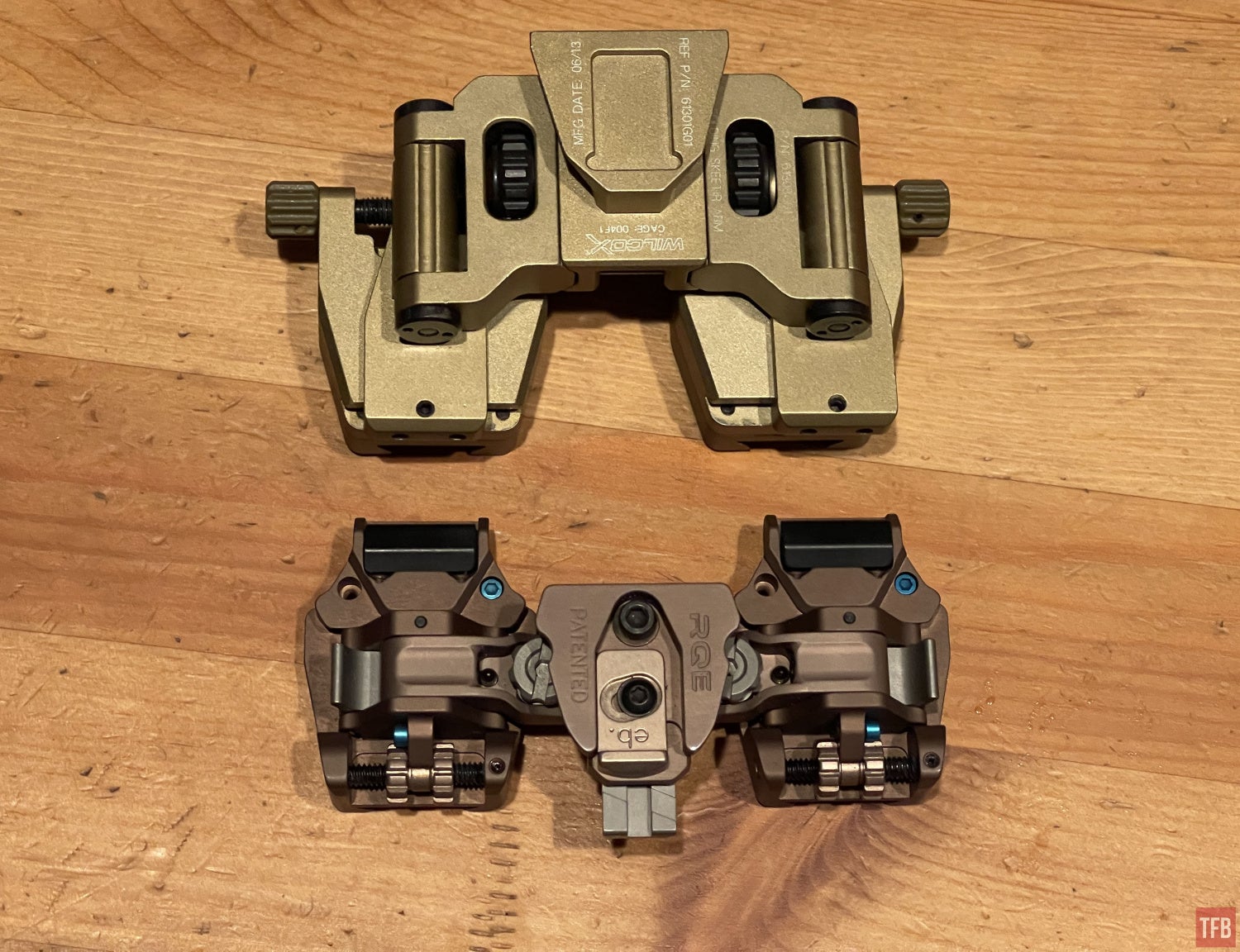
The RQE/KVC bridge is amazing but it is pricey. They retail for around $700 and even if you wanted to pay that much, they are not in stock anywhere. My friend Austin L. has been waiting to buy one for a while now.
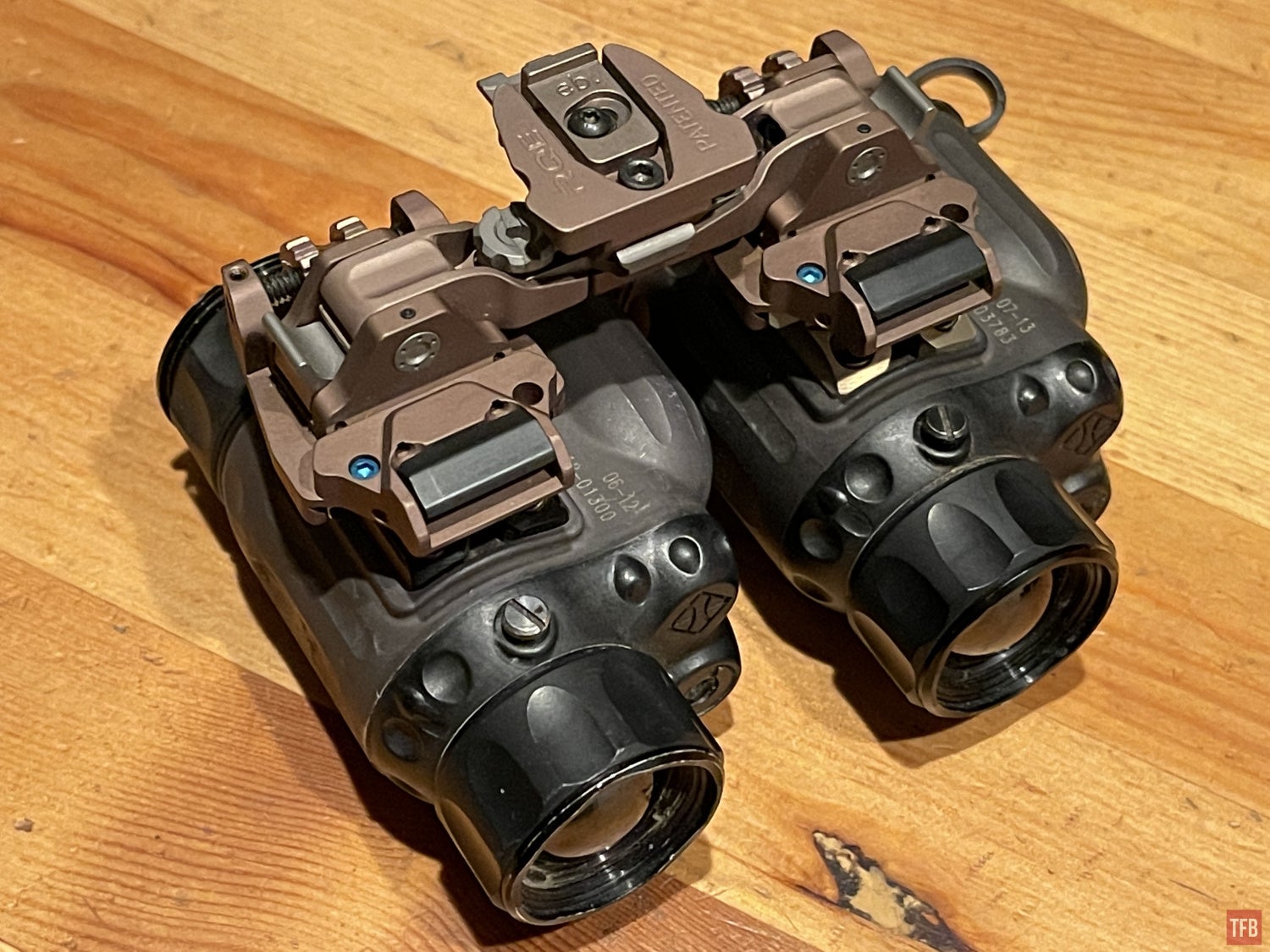
Dual SKEETIRL with the RQE bridge is 21.5 oz. This is not that bad. It is similar to an RNVG or 1431 dual tube bino.

Why would you want dual thermal binos? It is the same as why you shoot with both eyes open or have binocular night vision. Many companies claim their thermal device is a “binocular”. The Pulsar Accolade is such a device. While it does have two eyepieces and it projects two thermal images into your eye, it is not a binocular. The XP50 is actually a biocular like a PVS-7. You only have a single image being doubled and projected into both eyes. You do not get stereopsis with that type of setup. Our eyes see the world at slightly different angles from the other. It is our brain that merges the two different images and we interpret that information to give us depth perception (stereopsis). You get this with dual SKEETIRL thermal binos. I have seen hog hunters run dual SKEETIRs and now I see why, there is nothing like it. Since the SKEETIRL can be a clip on, it is collimated perfectly to not affect POA. I believe it is due to this that they can pair up seamlessly to give you stereopsis.
Another major benefit to the perfect alignment of the SKEETIRL lenses is when you bridge it with a PVS-14 or similar night vision monocular.


Just like the SKEETIRX, I found it amazingly easy to run a night vision monocular and SKEETIRL on a bridge. My brain merged them perfectly. Last time, with the SKEETIRX, I used edge detection to help my brain merge the thermal with the night vision image. However this time I found it easier to use black hot with the green phosphor. I had my friends try it and after they tried the edge detect, the black hot with green phosphor worked surprisingly well for them as well.
The two SKEETIRL are different from each other. One is COTI compatible while the other is not. Also, the internal menu system and button arrangement are different.



Regular SKEETIRL menu

COTI-compatible SKEETIRL BASIC menu

COTI-compatible SKEETIRL ADVANCED menu
If you noticed the menus are different. The regular SKEETIRL has brightness under the menu. The SKEETIR has an up and down arrow. When you have the regular SKEETIRL turned on the down button will change polarity. The up button changes gain. If you press and hold the down button you can turn the FILTER on or off. This seems to be a sharpening filter to make the image sharper.

With the COTI-Compatible SKEETIRL, the down button adjusts brightness and the up button adjusts gain. Both versions have built-in reticles that can be zeroed to turn them into weapon sights. The reticle options are limited. You can choose between an open crosshair or a ranging reticle.


The onboard laser has to be activated from the menu but then you can press the smaller head of the battery cap to activate the laser. It is an eye-safe 0.7 mW infrared laser perfect for pointing out targets of interest to other people who do not have thermal. I used this on a pest eradication hunt, I saw a rabbit in some tall grasses but with night vision you could not see it. So I pointed it out with the onboard IR laser and my friend took the shot.

Polarity wise the SKEETIRL only has three options; black hot, white hot and edge detect.

Black Hot

Edge Detect

The COTI-Compatible SKEETIR has some extra modes under edge detect called FAST ROLL and SLOW ROLL.
Stupendous Thermal Imagery
I brought a SKEETIRL with me to a local zoo that had an after-dark event. They had large lighted sculptures decorating the whole zoo. I was hoping to see some of the real animals with thermal. I actually brought night vision but the large amount of ambient light created photonics barriers and made it harder to see animals. Thermal is perfect for detection but the SKEETIRL thermal sensor shows me more details and contrast than any other thermal system I have used. See the photos below.

The buffalo were viewable from this elevated platform. My iPhone 12 Max Pro was able to take this photo which shows much more than I could with my naked eye.
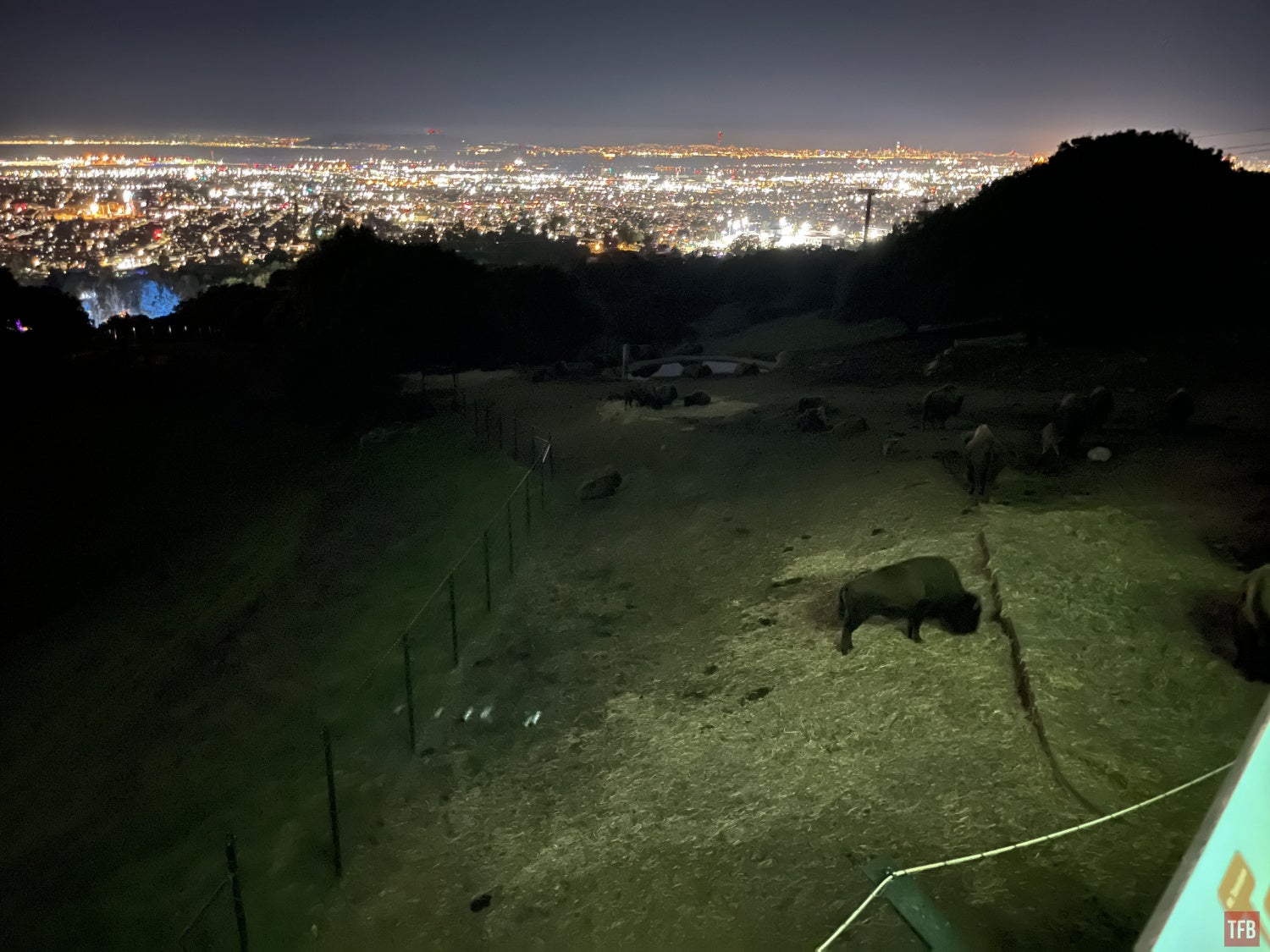
Compare that to what the SKEETIRL shows. All the thermal images were merely taken with my iPhone camera looking through the eyepiece so these images are not as good as what I see with my eye looking through the SKEETIRL.


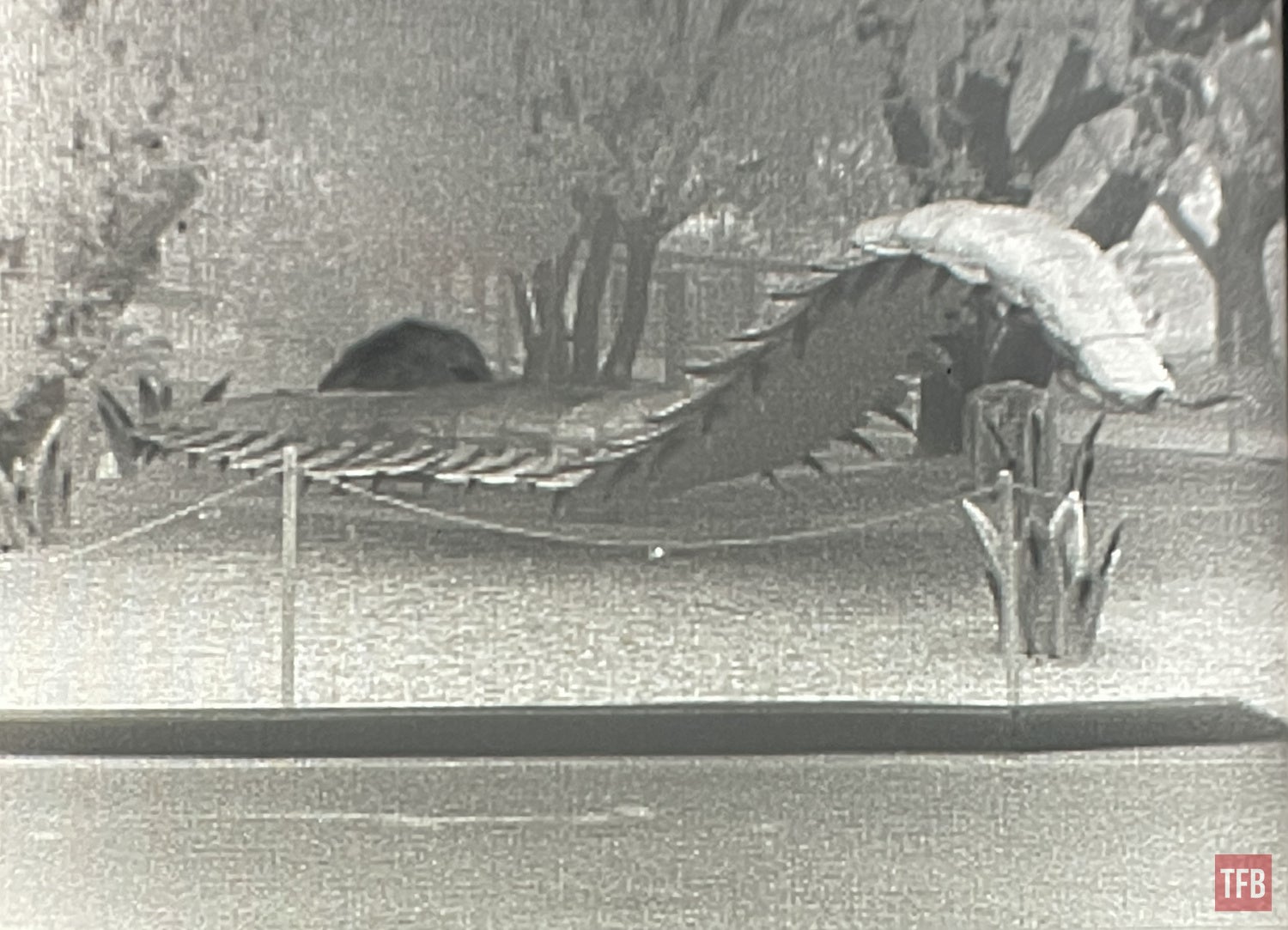
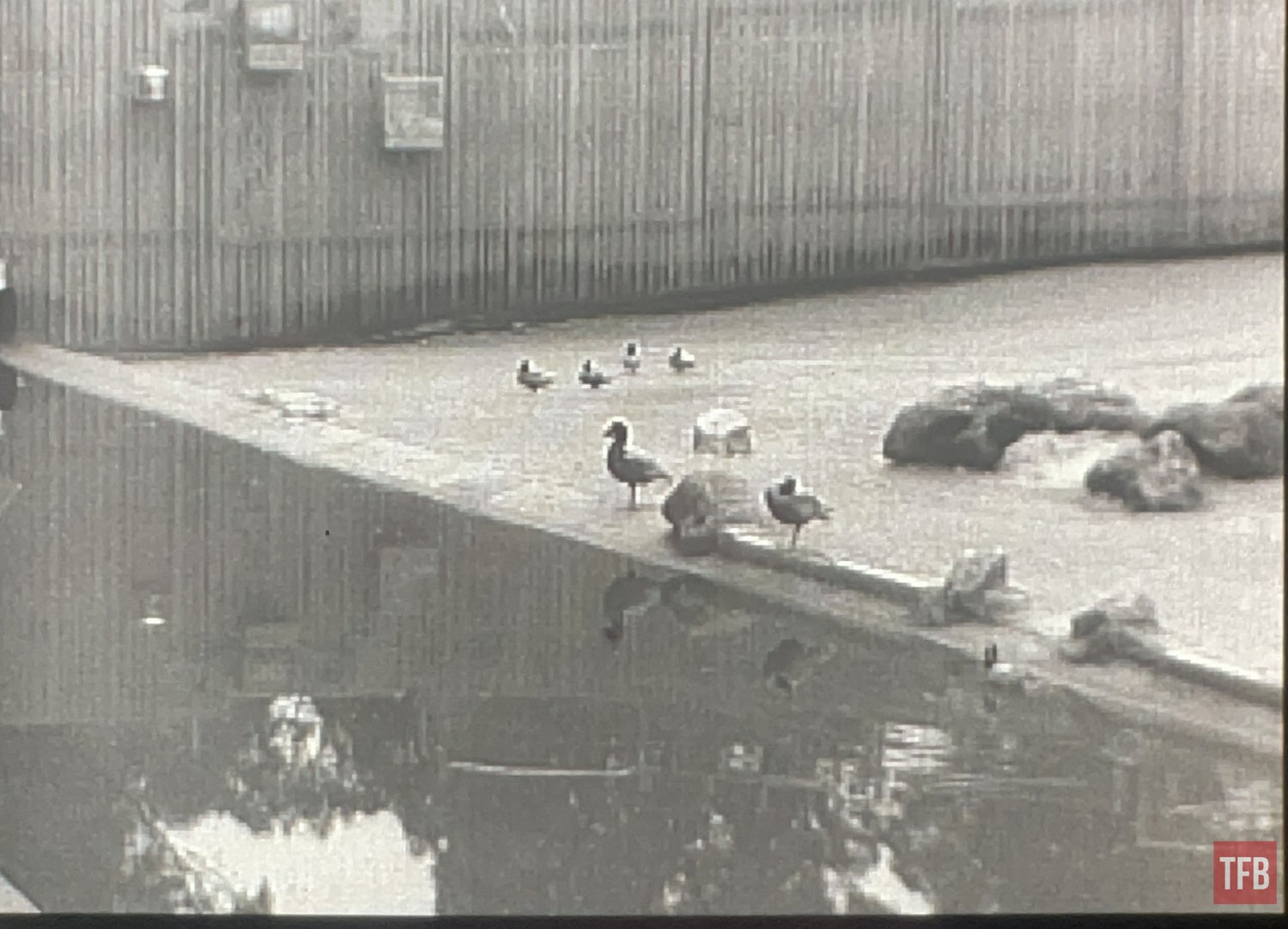
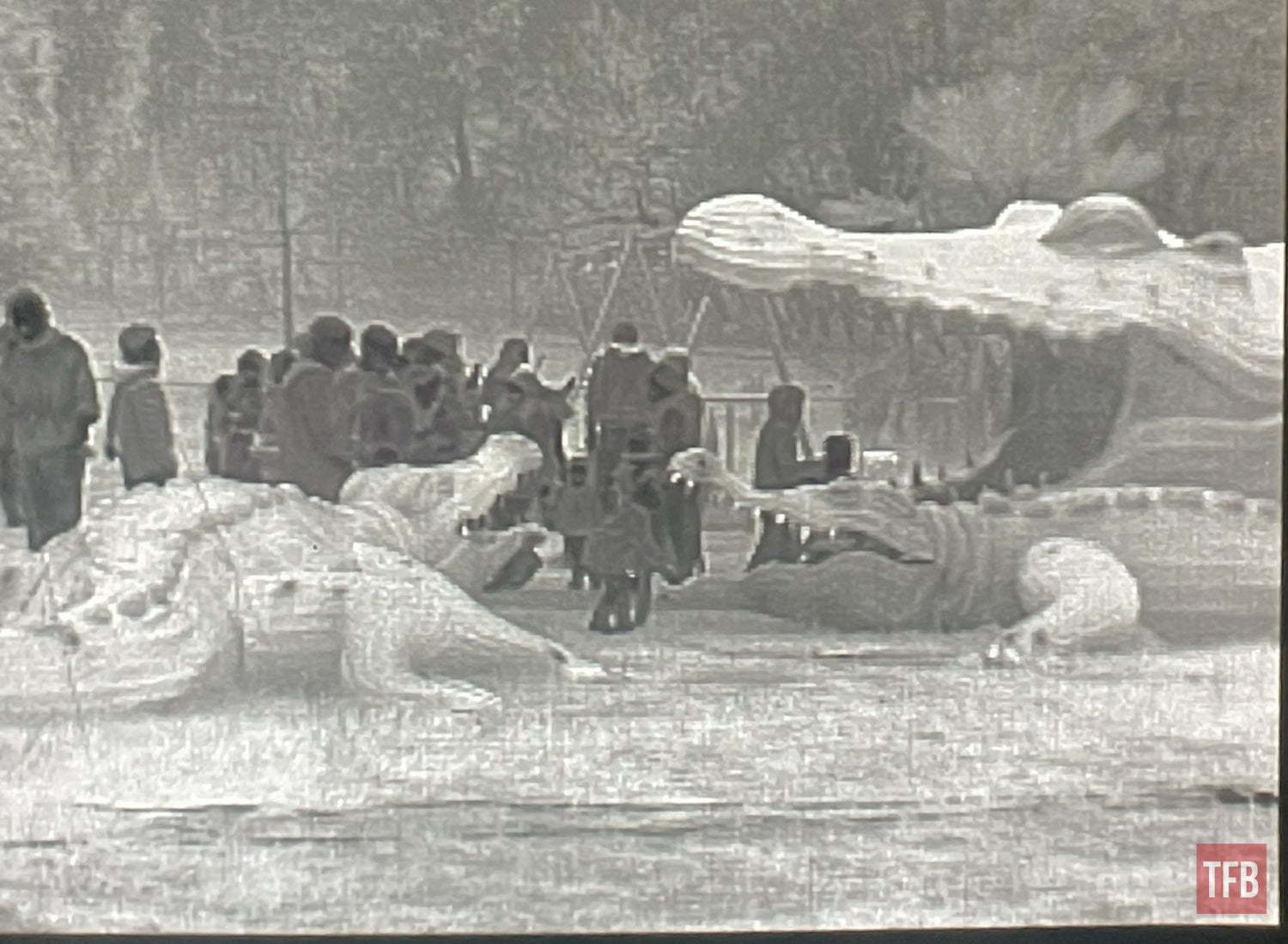
In the photo below, we were riding a cable car gondola and I was able to see this elephant. I am not sure how far away it is but I estimate it is a few hundred yards away. While this photo doesn’t show it clearly, I did see the trunk and ears so I was able to positively ID that this is an elephant.
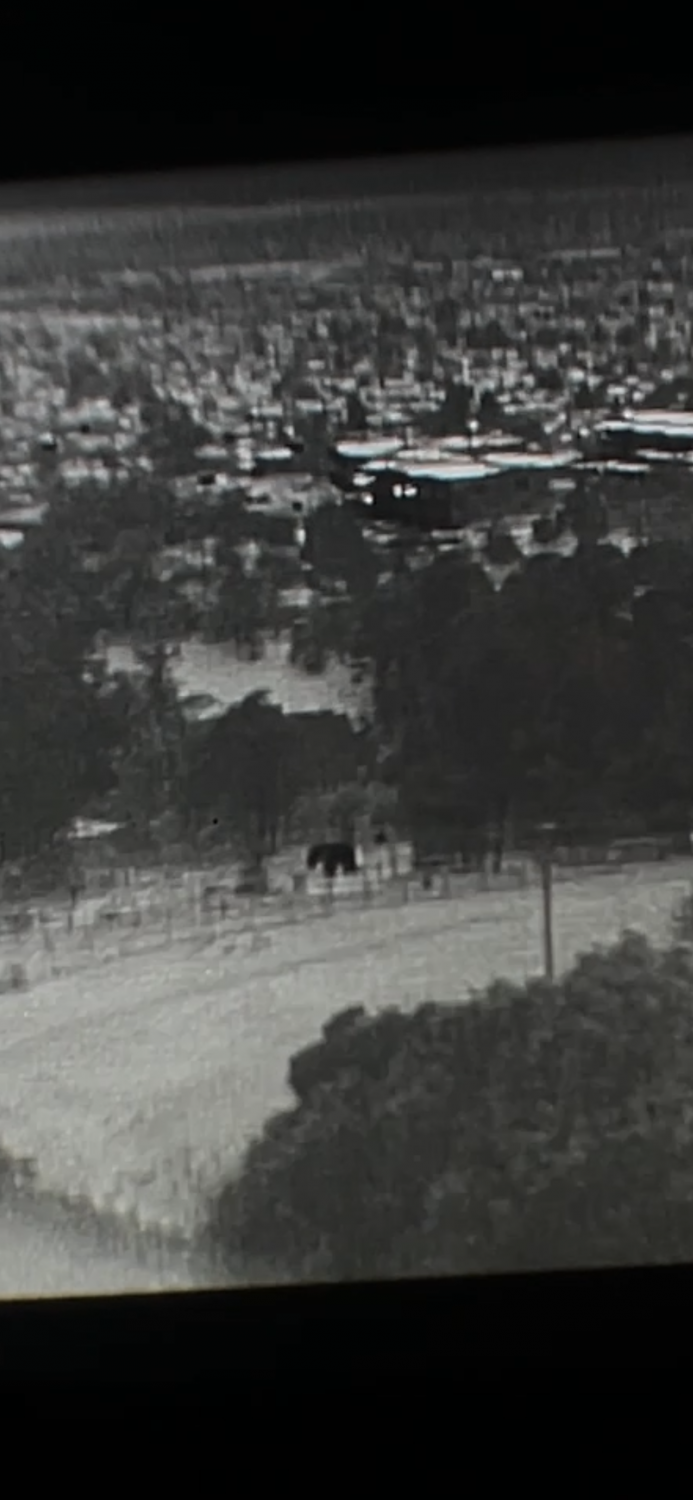
Crocodile seen with its head sticking out of the water.
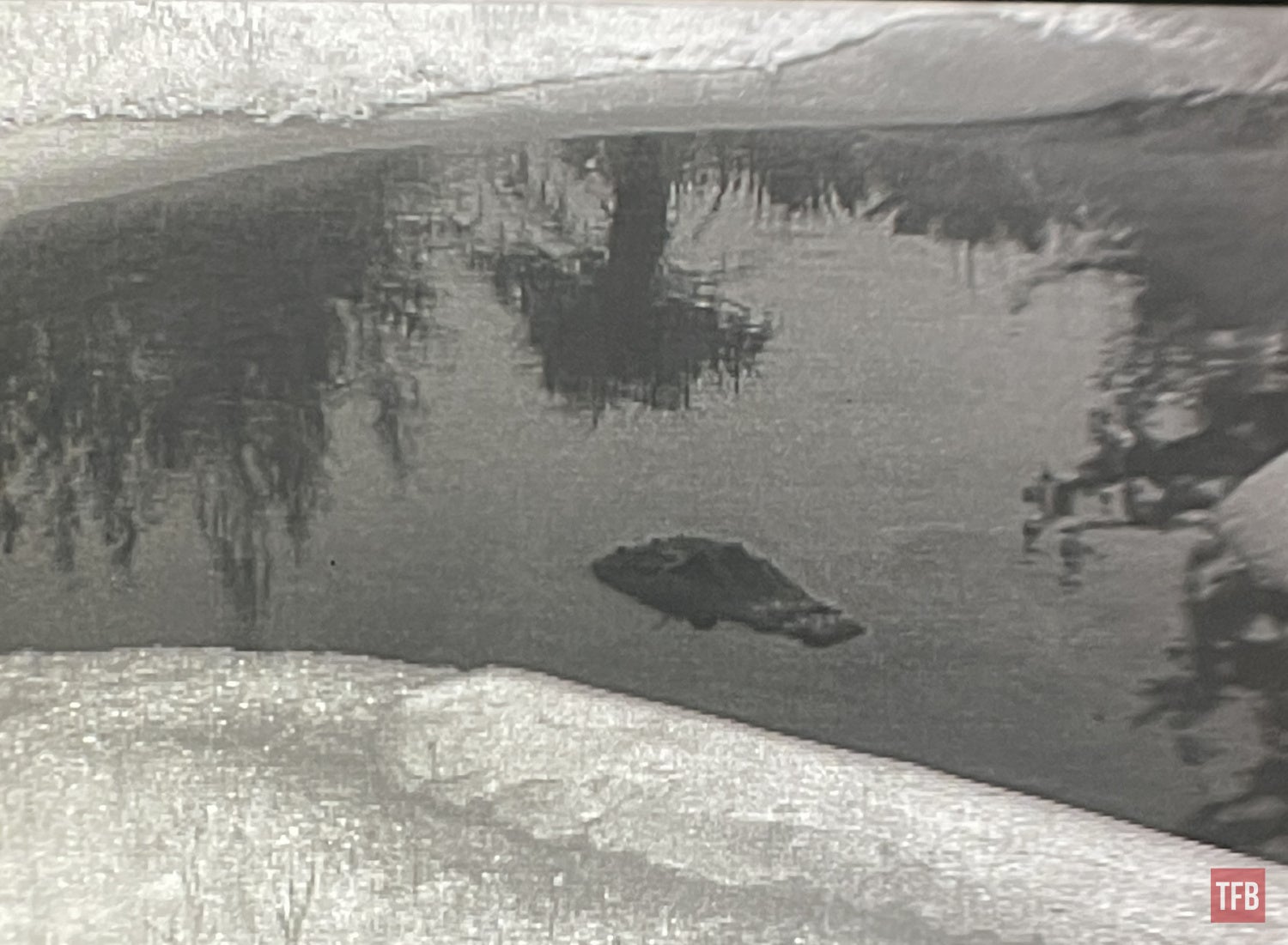
White light is easier because with thermal I wasn’t 100% sure if it was a crocodile or a rock.

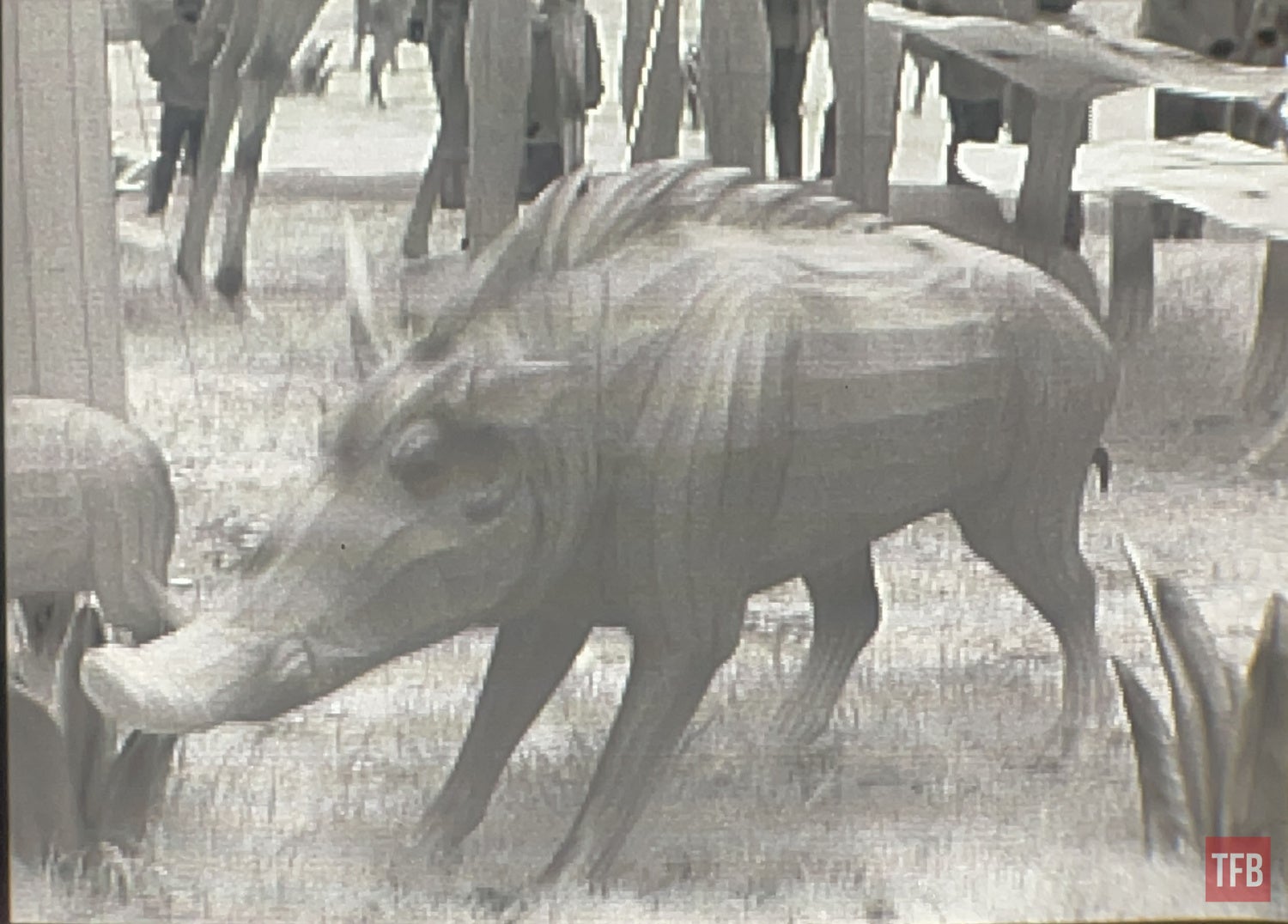

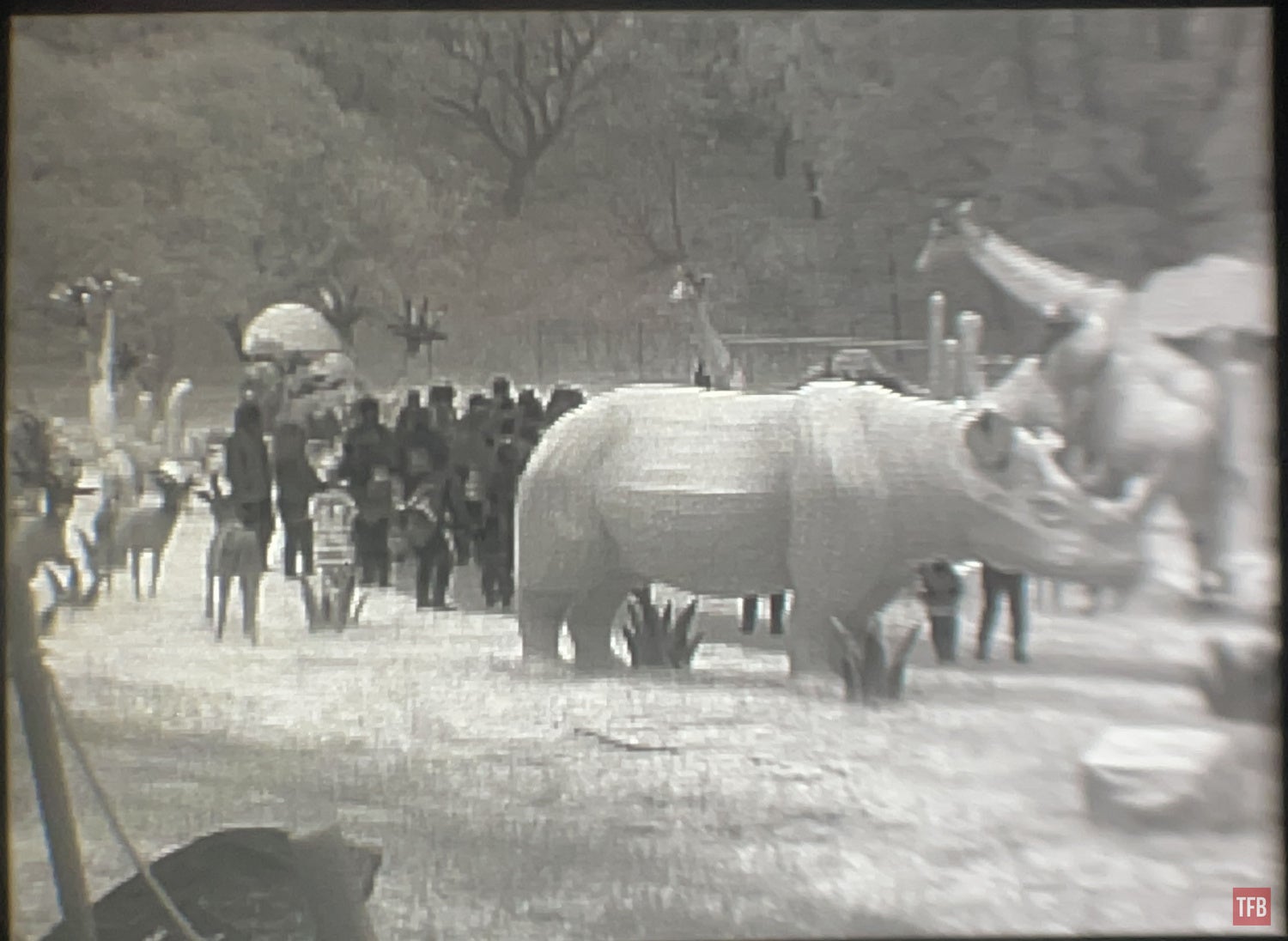
Here are some photos I took when I first tested the SKEETIRL.
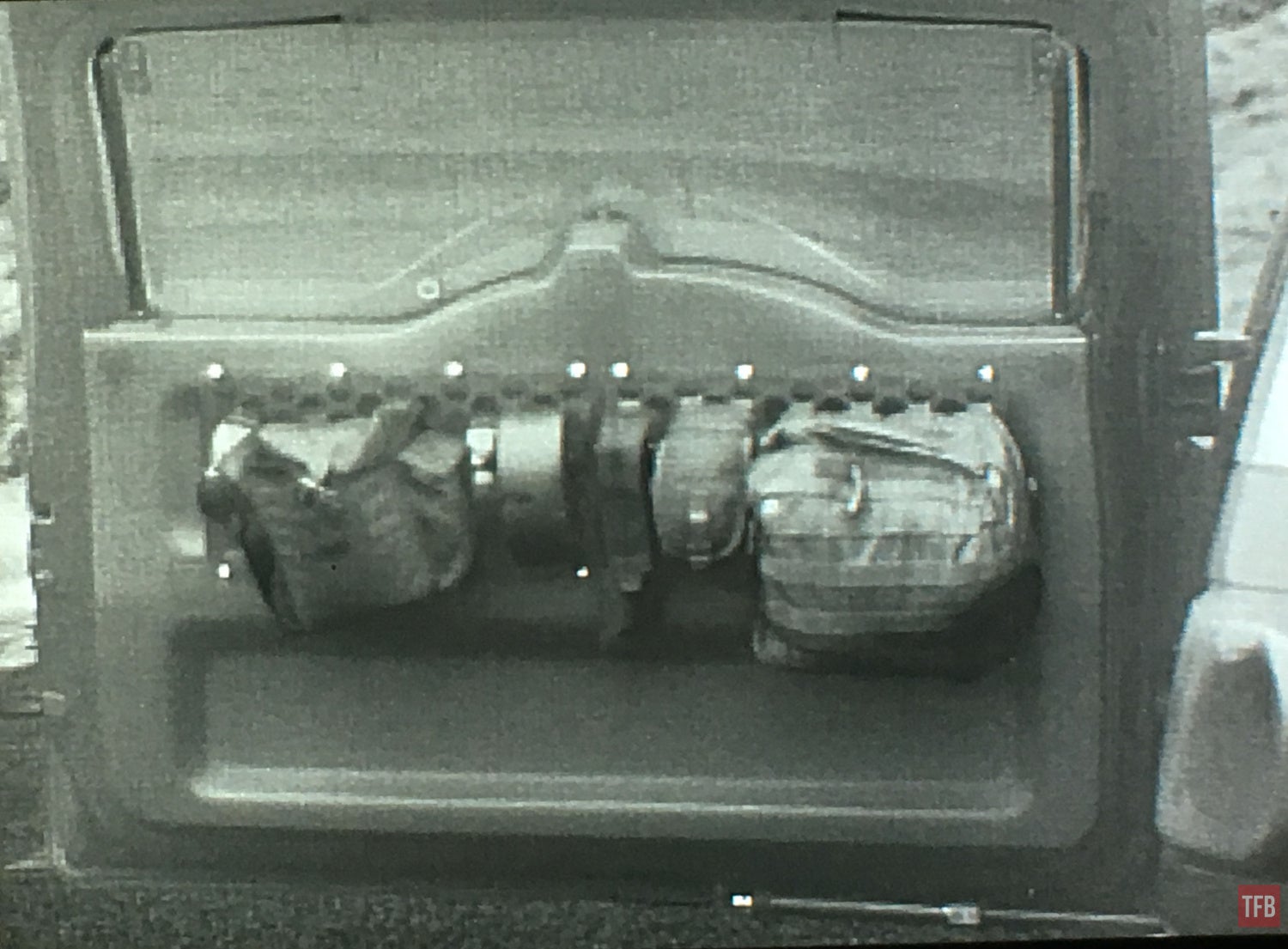
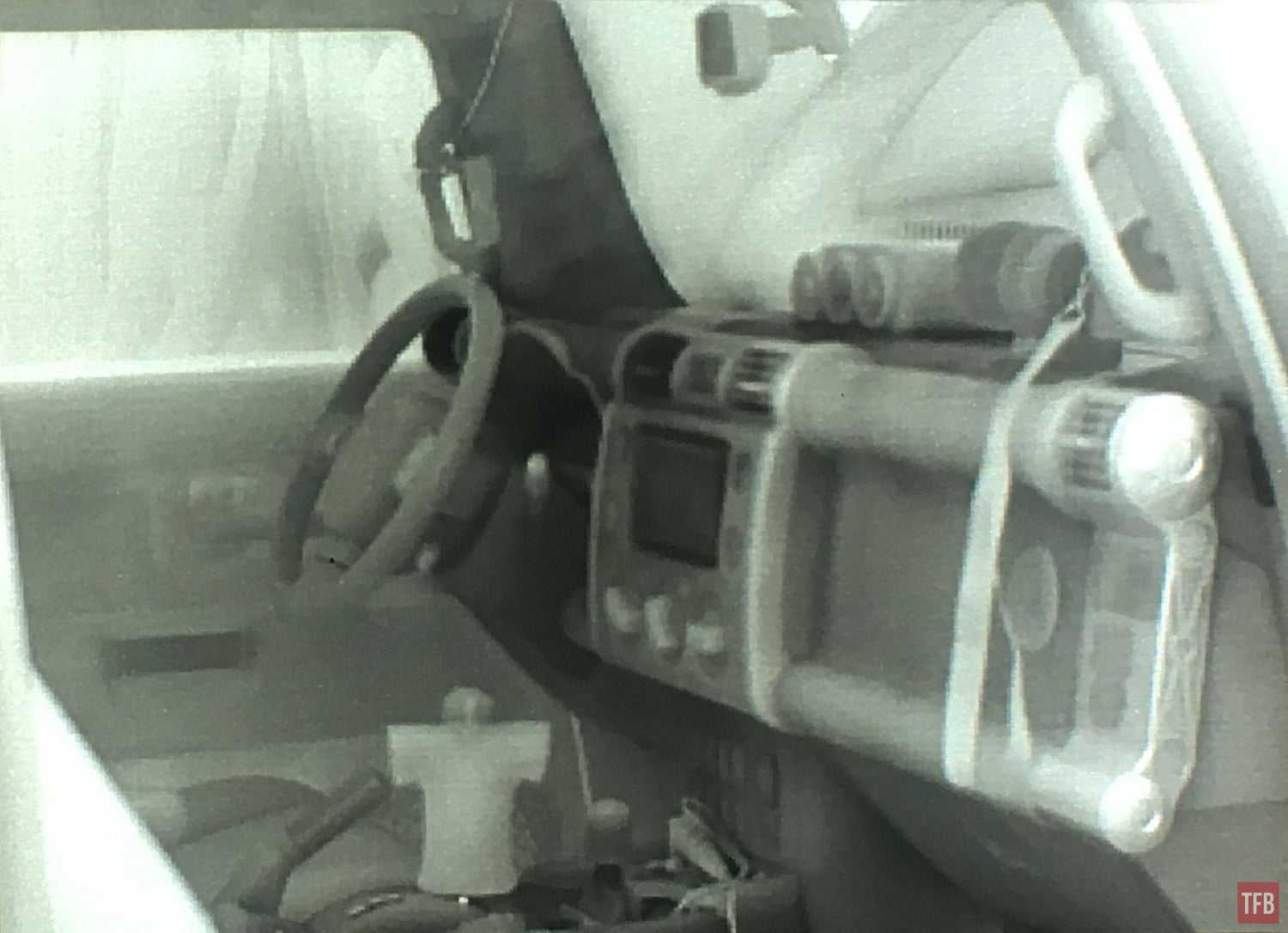


SKEETIRCOTI Revisited
For a more in-depth look at the COTI adapter for the SKEETIR, go look at my SKEETIRX article linked at the top of this article. Now that I have a COTI-compatible SKEETIRL, we can finally see what the COTI adapter can do.

When you plug the SKEETIRL into the COTI adapter, the software switches to edge detection and displays the ranging reticle seen below.
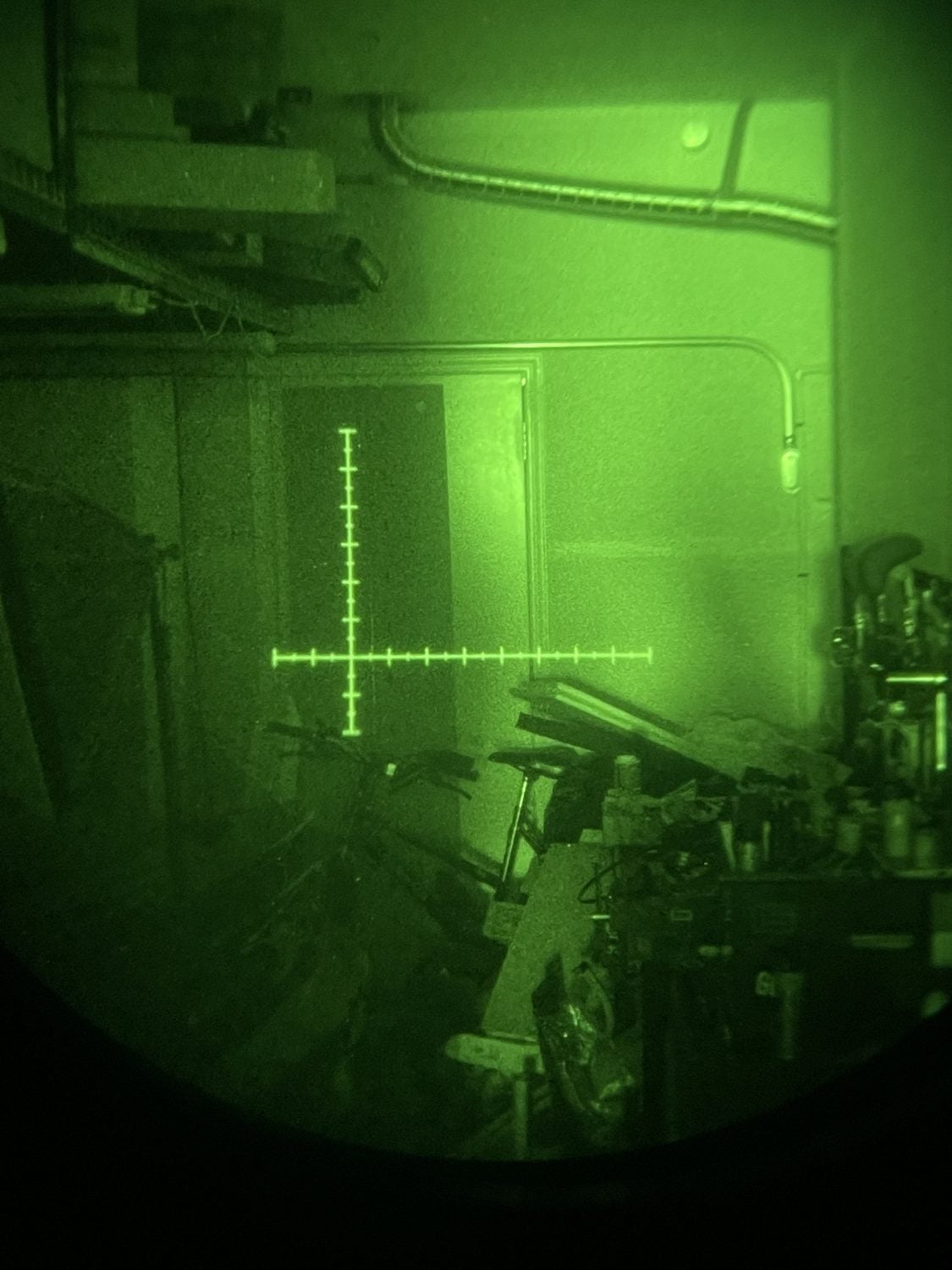
The FOV of the COTI adapter is only 25º. You can see the circle is cropped at the top and bottom in the photo below.

Here is a video I shot at a night shoot using the SKEETIRCOTI.
The COTI adapter cage is designed for PVS-14s but you can use other monoculars. I was able to install a Nocturn Industries Tanto which has an Elbit white phosphor tube inside.




In order to mount the Monoloc phone adapter, I had to unbolt the rear clamp from the COTI adapter. But the SKEETIRCOTI fits perfectly on this setup.

Here is a comparison video of the JerryC vs the SKEETIRCOTI.
The SKEETIR produces very fine detailed images and edge detection works decently enough with the COTI adapter but it weighs too much. I rather run the SKEETIRL on a bridge with a PVS-14 and let my brain merge the two images. Another issue is the ranging reticle. While you can turn it off, it always shows up when you connect the SKEETIR to the COTI adapter. The reticle is a constant source of light that never moves or changes so it is continually exposing the same area of your image intensifier and can cause a permanent blem if you use it too much. Something else to consider is the price of the COTI adapter. I picked up this one for $650 but it did not have the cable to connect the SKEETIRL. I already had that. Complete COTI adapters go for $1500 or more. Might as well spend a bit more and get a COTI or get an RQE bridge and run your PVS-14 and SKEETIRL together. There is one boon to the COTI adapter and that is the elevation and windage knobs on the housing. You can adjust the thermal projection so that it lines up with your night vision image. This version has knobs that stick out so you can turn them on the fly with just your fingers. The only minor issue is your hand will block either the thermal objective or your night vision objective. So you have to adjust then remove your hand to see if the thermal lines up. If not, keep adjusting.
Panobridge Dual SKEETIRL
Noise Fighters who made the Panobridge recently made an adapter arm to mount a BAE STALKIR aka UTM. I reached out to Neal of Noise Fighters and ordered one of these arms. He had me send a photo of the dovetail of the SKEETIR and he determined the threaded tripod hole is not in the same location. So he asked me to send him one of the SKEETIRL so he can make a SKEETIR specific adapter.



The pano bridge arm for a PVS-14 or similar monocular does not position the eyepiece at the same height as the SKEETIRL however if you have dual SKEETIRs then you don’t have to worry about that issue.


Flaring out the arms I do get a wider FOV with dual SKEETIRL. Below is a simulated POV. I took pictures through both SKEETIRL when they were flared out for wider FOV.

Parting Thoughts Of The SKEETIRL
I got a heck of a deal on these two used SKEETIRL. About the same price as a dual tube bino. However, you can find them for around $5k on TacSwap and other similar marketplaces. The thermal image is far better than anything else I have tried especially for a 320 resolution sensor. The amount of detail the SKEETIRL can show beats out newer thermal systems. I love that it has an adjustable objective lens so I can focus closely on objects if I wanted to. Just like the IR-Patrol, I am able to hold my 3x thermal magnifier up to the objective lens of the SKEETIRL to see further and ID targets. I have not used the SKEETIRL as a standalone weapon sight or clip-on but that may change soon. Right now I am more than happy with using them on a bridge and using two of them to see the world in a new light, or in this case into the thermal wavelengths.
TFB’s Friday Night Lights series is brought to you by ATN
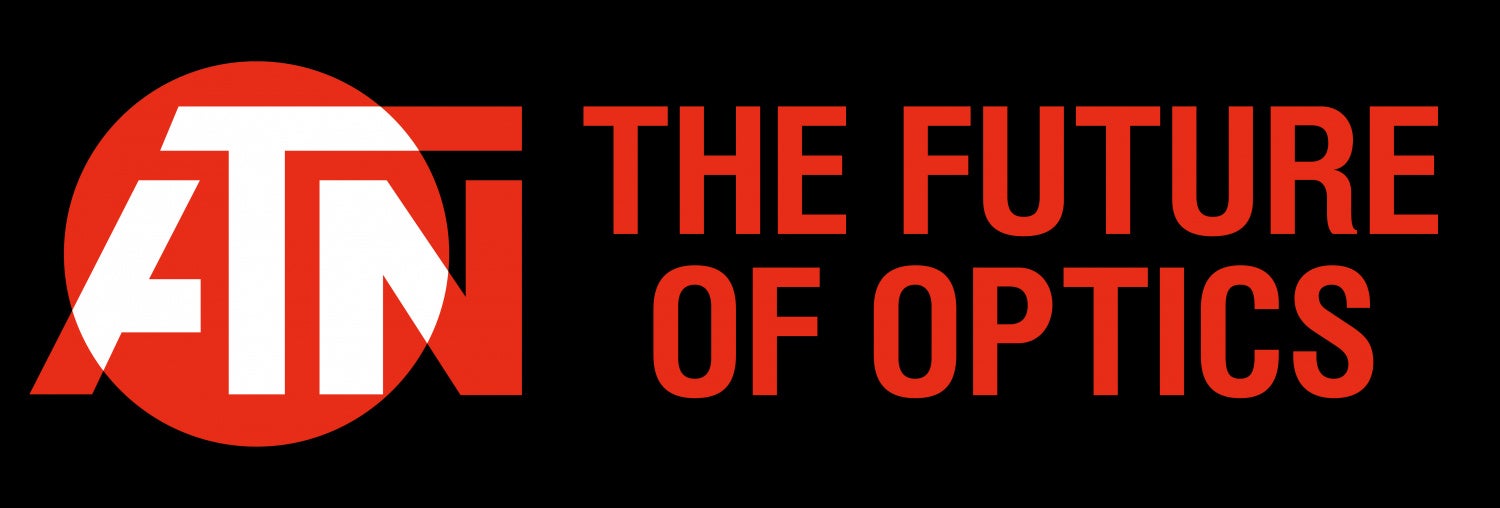
 Your Privacy Choices
Your Privacy Choices
